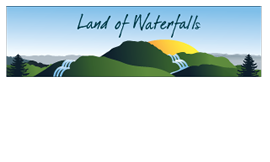Last week’s “Picturing the Past”, Transylvanians Organize in the Fight Against Polio, Part I, recounted the fight against polio and the fundraising efforts and search for a vaccine.
 |
| Advertisement for polio vaccine by The National Foundation for Infantile Paralysis |
It is little wonder that the world celebrated when Dr. Jonas Salk announced in 1953 that he had developed a vaccine to prevent polio. In 1954, clinical trials of the Salk vaccine were carried out on over 2 million children throughout the United States. It wasn’t until April 12, 1955 that it was announced the vaccine was effective. Shipments began immediately across the country.
Transylvania County did not waste any time and made plans to vaccinate 1st and 2nd graders. County health officers Dr. Charles Gunn and Martha Choate were in charge of the complex planning. Mrs. J.F. Leete and Mrs. Paul Lollis spearheaded the recruiting of the dozens of volunteers needed to facilitate the process.The vaccine was free of charge and voluntary. Teachers spent the weeks preceding the vaccination instructing the children on the purpose of the vaccine and what to expect.
A series of three shots were required. The second dose was four weeks after the first, followed by a third shot seven months later. Private physicians and pharmacies were also provided with the vaccine. A Transylvania Times editorial encouraged parents to take any of their children not in 1st and 2nd grade to a physician for the shots, gently reminding them that the smallpox vaccine was once looked upon with distrust and fear by a prior generation.
It was determined that the first doses of the vaccine would be administered at Transylvania Community hospital on Thursday, April 28th. The Times called this historic undertaking “Operation Ouch”. 700 children were bused to the hospital with four doctors giving the first shots at 9:15 a.m. Mothers who could attend the event met their children when they arrived. Activities, including majorettes from the high schools, were provided for the children as they waited. Volunteers’, doctors’, and nurses’ “faces shown with happiness and joy for the occasion”, according to the Times. Many young girls arrived wearing their “Sunday frocks.” One mother said she “felt like crying from sheer happiness.” 725 students received their shot in three hours.
 |
| Photo of Operation Ouch patient from The Transylvania Times, April 28, 1955 |
The second inoculation took place on May 5 and went smoothly. 51 children who did not receive the first vaccine in April due to absence from school or whose parents were originally fearful of the shots, received their first dose at this time. In November, the health department announced that parents should bring any children between the ages of 1-18 to the clinic to receive the first and second shots free of charge since enough serum stockpiles remained to offer it.
Two years after the introduction of the Salk vaccine, polio cases dropped 85-90 percent. More good news arrived wh
en a second vaccine, developed by Dr. Albert Sabin, was approved in 1962. The Salk vaccine required injections while the Sabin vaccine was administered in a sugar cube, a much simpler delivery system that became favored for years.
While the polio vaccine was originally voluntary, North Carolina ordered that all children in the state receive the vaccine in 1959. Today, polio remains endemic in only three countries. There is still no cure, only prevention.
Photographs and information for this column are provided by the Rowell Bosse North Carolina Room, Transylvania County Library. This article was written by Joe Russo. For more information, comments, or suggestions contact NC Room staff at [email protected] or 828-884-1820.



